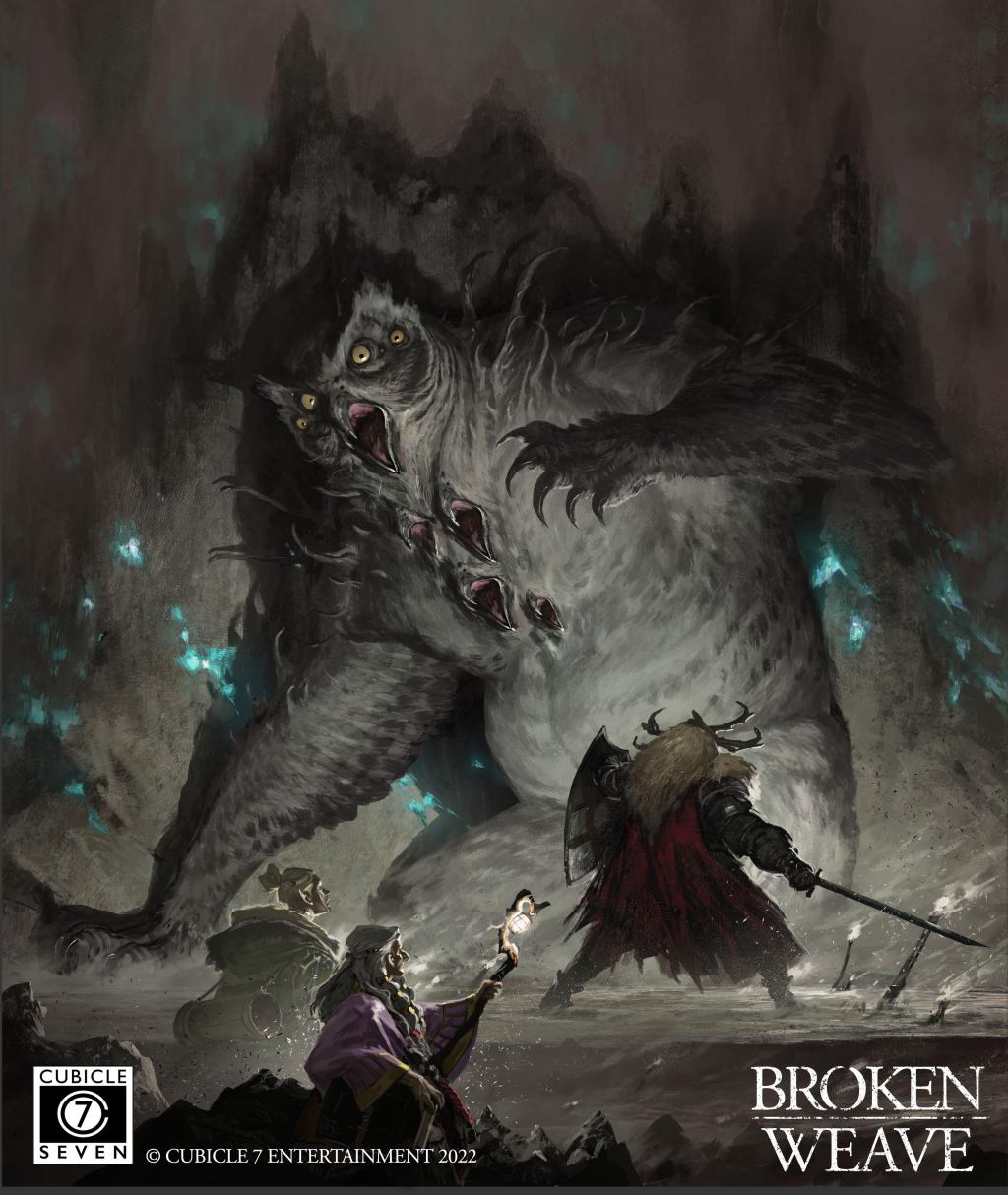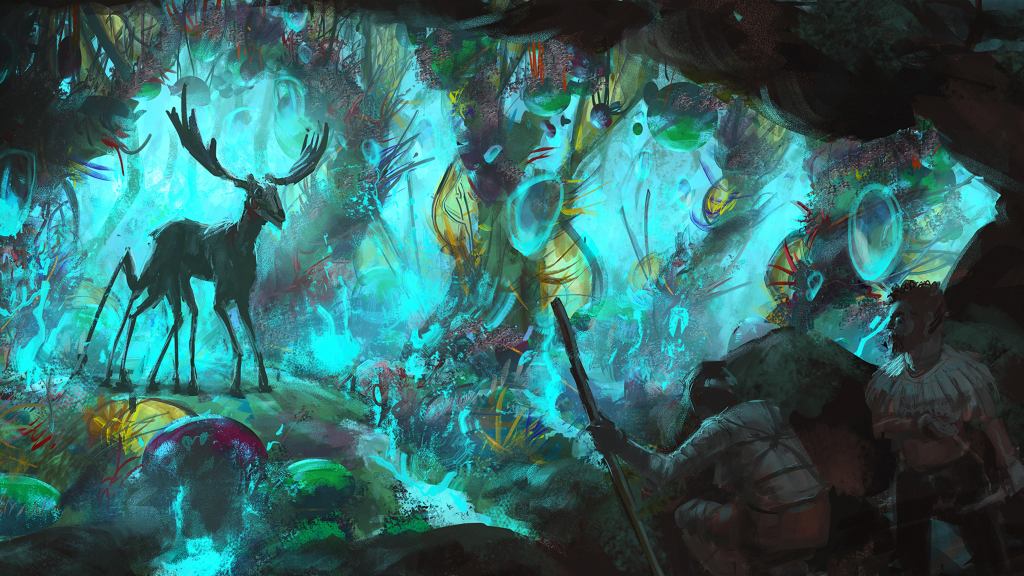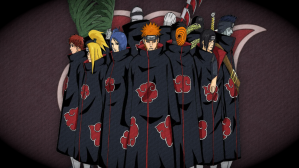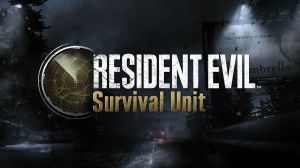Broken Weave is a radical reimagining of a typical Dungeons & Dragons fantasy campaign setting, combining post-apocalyptic themes with new systems that emphasize community, self-sacrifice, and exploration. Today, Cubicle 7 launched the Kickstarter for its new Broken Weave campaign setting, which will use the Dungeons & Dragons 5E ruleset but with several notable departures and changes inspired by the likes of Annihilation, Dark Souls, and the Dark Tower series. The system assumes a world where the weave of magic has broken and the gods are dead, forcing the world’s survivors to band together for survival in small communities known as Havens. While Broken Weave is billed as a campaign setting for Dungeons & Dragons, it also includes radically different character building rules along with an intriguing new Decay system.
Videos by ComicBook.com
As magic is broken and the gods are dead, arcane and divine classes are non-viable in Broken Weave. Instead, the game uses six new classes focused on different community roles, such as the Warden, the Speaker, the Sage, or the Maker. Each of these new classes level up as normal, but come with three different archetypes that replace sub-classes. Additionally, players build characters using a Life Path system, where different attributes and strengths are defined by a character’s life experiences rather than by optimization or focused on a class build. Physically, these life experiences are defined by various trinkets kept by the character on their person, which helps to battle the decay that permeates the world of Broken Weave.
Decay acts as a sort of constant underlying threat in Broken Weave. It not only damages a character with a type of persistent damage akin to radiation damage, it also eats away at memories and causes physical changes to a character. Each race in Broken Weave is affected differently – elves exposed to decay have crystalline growths begin to sprout from their bodies, while dwarves slowly morph into fiery monsters. If a character takes too much decay, they morph entirely into a monster, becoming a creature that could plague future generations of Haven members. Decay is not only an environmental threat, it’s also generated by the broken remnants of magic weapons. So, a player wielding a +1 sword risks taking decay whenever they use it, adding a high risk/high reward aspect to campaigns.

Because of the nature of Broken Weave’s world and the ways that Decay can permanently alter a character, another focus of a Broken Weave is the Haven. Cubicle 7 actually recommends making a Haven before building characters, with that settlement acting as a character of sorts jointly controlled and managed by players. Each Haven has stats and generates resources. Many of the adventures and missions within Broken Weave are designed to benefit the Haven, with successful missions providing new resources that can benefit future characters. The game will also include Generational Play mechanics so that players can see how their characters affect the progress of their Haven and impact the creation of future characters.
Other new mechanics in Broken Weave includes rules for harvesting and traveling, along with a guide to converting any 5E creature statblock into a creature affected by decay.
A PDF version of Broken Weave is available to backers who pledge $29, while a physical copy is available to $60 backers. A GM Pledge that includes a Deck of Broken Things and GM screen is also available for a pledge of $102. PDFs of the Core Rulebook will be released to backers in a few months, with physical books coming available in Q4 2023. Additionally, Cubicle 7 plans to support Broken Weave with more books in the future. You can check out the full Kickstarter here.









